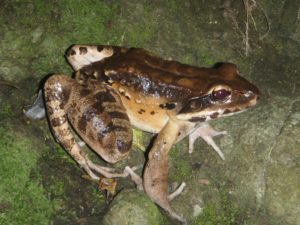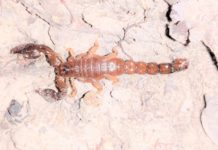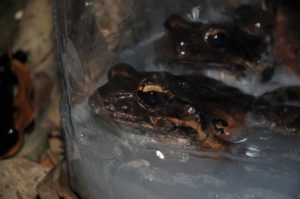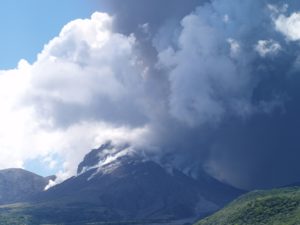 Re-capping the past two years’ work with Montserrat Mountain Chickens
Re-capping the past two years’ work with Montserrat Mountain Chickens
Since March 2009 and the arrival of the deadly chytrid fungus, there has been a dedicated push to save the critically endangered Mountain Chickens on Montserrat. We’ve come a long way since those early days, and now at the beginning of 2011 we busily prepare for the first release of captive-bred frogs back into the wild.
Because there has been so much happening with Mountain Chickens over the past couple of years, we thought it would be useful to give readers a run-down of Mountain Chicken work until now.
March 2009
Sightings of dead frogs are reported on Montserrat. A team from Durrell flies out to take samples from frogs and set up biosecure procedures for the Montserrat Department of Environment to follow. Sadly, ZSL’s analysis confirms everybody’s worst fears that chytrid is to blame for the frog deaths. An action plan is quickly developed involving two major themes:
1. To rescue healthy frogs and put them into captivity to build a population for future release
2. Test the viability of treating chytrid in the field
March/April 2009
A pilot study for testing chytrid treatment in the wild begins in earnest in Pelican Ghaut. Frogs are caught and samples taken for chytrid testing. Frogs were measured, weighed and individually marked with an internal transponder (to aid future identification), and given an anti-fungal treatment bath before being released back into the forest.
At the same time healthy frogs from a different area (Fairy Walk) were captured. These frogs were held in specially-designed temporary ponds and transported to Jersey, London and Sweden for captive breeding to attempt to build a viable population for release back into the wild in the future.
June/July 2009
The captive breeding programme begins in ZSL (London), Durrell (Jersey), and Parken Zoo (Sweden). Frogs are kept in as naturalistic setting as possible whilst being under strict quarantine protocols to avoid the spread of chytrid. Working with project partners a strategic plan is developed, which will culminate in the reintroduction of frogs back into Montserrat.
August – December 2009
Full experiment to confirm whether anti-fungal agents can be used to increase the survival of Mountain Chickens in the wild begins. The aim of this experiment is to design management protocols to enable frogs to survive in the presence of the disease in the wild. The pilot study begun in March 2009 is continued in Pelican Ghaut alongside a full-scale treatment trial in Fairy Walk.
The volcano on Montserrat also started to become more active, throwing large amounts of ash into the air. Frog numbers caught at both study sites started to fall, with the rains and ash falls making it hard to undertake fieldwork.
February – April 2010
A partial dome collapse of the volcano meant that field trials assessing the effectiveness of anti-fungal treatment baths became very difficult, with some study sites within the exclusion zone strictly out of bounds.
The captive breeding programme is successful, producing enough frogs for reintroduction to Montserrat. Funds for this reintroduction are granted by the Darwin Initiative.
In detail
This is only the briefest of summaries of all the time, effort and hard work that has been put in by people all over the world to help save the Mountain Chickens of Montserrat. There are some fantastic blogs from the teams undertaking this work on the main Durrell blog [hyperlink to http://blog.durrell.org/index.cfm/Caribbean ], giving detailed accounts of how projects were run in the field and their own personal insights…a highly recommended read!
– Isabel Jones









